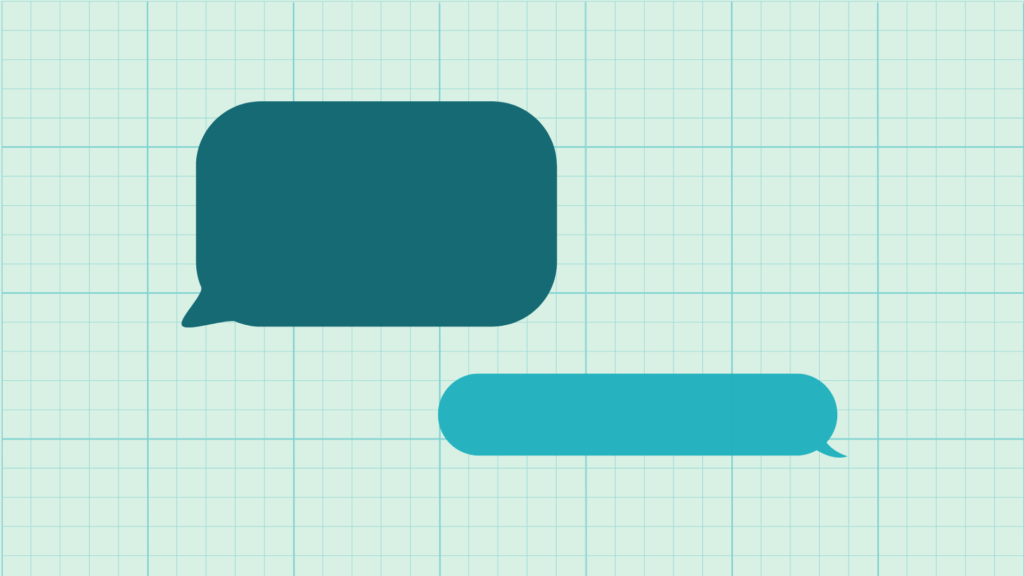Definition
Multi means “many” while Omni means “all”, somehow the meaning of each is quite similar because both use multiple channels to promote the business brand and communicate with customers.
Both multichannel and omnichannel use display advertising, search engines, social media, email, and mobile marketing, the difference is that in a multichannel approach, those channels are separated while in an omnichannel approach, they are connected.
Process
The process is quite different in both multichannel and omnichannel approaches. Multichannel delivers siloed customer experience across multiple channels and touchpoints. And each channel works separately from the other channels which means the customer support team of each channel work separately and they don’t share customer information.
On the other hand, omnichannel delivers an integrated customer experience across multiple channels and touchpoints. Which means that all of those channels are connected and work in a consistent way and the whole customer support team has access to customer information.

Agents
In a multichannel approach, the agents are assigned for each specific channel to communicate with customers and they have no shared information on the customers. So a customer might use one channel to speak to an agent but then when the customer chooses another channel, another different agent is assigned to answer with no clue of that customer’s previous interaction history.
In an omnichannel approach, agents don’t need to switch from one channel to another because the channels are connected, so the information on one channel is shared on all of the other channels and agents can access real-time customer information to deliver contextual and consistent service.
Focus
Multichannel is brand-focused which means all of the channels are designed to promote the brand’s products and services to the customer.
Multichannel is an operational view – how you allow the customer to complete transactions in each channel
Omnichannel is customer-focused which means viewing the experience through the eyes of your customer, orchestrating the customer experience across all channels to be seamless, integrated and consistent.
Interactions
Multichannel interactions are siloed and the communication is fragmented providing a different experience to customers on each different channel as they are not connected and each works separately. The experience is inconsistent and irrelevant, as a customer may use one channel but on transition, they need to provide their info and inquiries or complaints all over again.
Meanwhile, omnichannel interactions are integrated and the communication is unified providing richer customer experiences that are connected, continuous, consistent and contextual no matter how many times a customer may transition from one channel to another for one task or during an entire journey.

Channels
In a multichannel strategy, each channel exists as a separate purchase opportunity. So an entire customer journey can take place on a one single channel if the customer doesn’t make a transition to a different channel. The down side to that transition is that whoever agent assigned to the other channel the customer made the transition to will have no clue of the customer’s previous interactions on the other channels and the agent might ask the customer for information they are provided before which might frustrate the customer since the purchasing journey is taking too long to finish.
In an omnichannel strategy, customers can purchase wherever they are—rather than treating channels as independent silos. If the customer started the journey on one channel and decided to make a transition to another channel, their previous interactions are shared on all channels which means the agents don’t need to ask the customer to provide information that has already been provided which makes the customer satisfied as the experience is seamless and consistent.
Whether you decide on a multichannel or omnichannel, it’s up to you, your budget and your business needs. Omnichannel can give your customer the best experience that is seamless and unified which will skyrocket your customer satisfaction rate, customer retention, and revenue growth, but it will cost a lot more to provide a solution that integrates all of these channels and touchpoints. If you are on a budget and need to focus on your brand promotion, then a multichannel approach will seal the deal for you.




